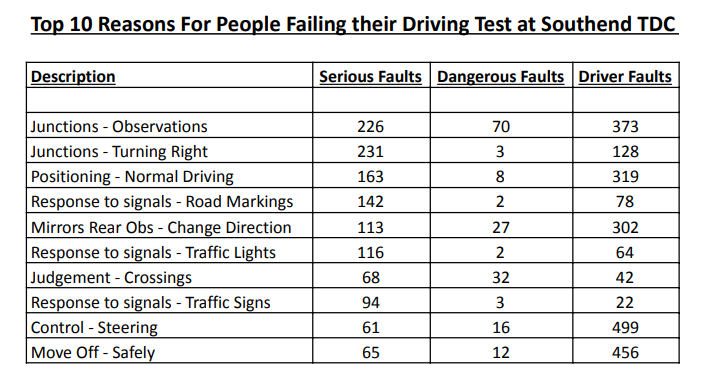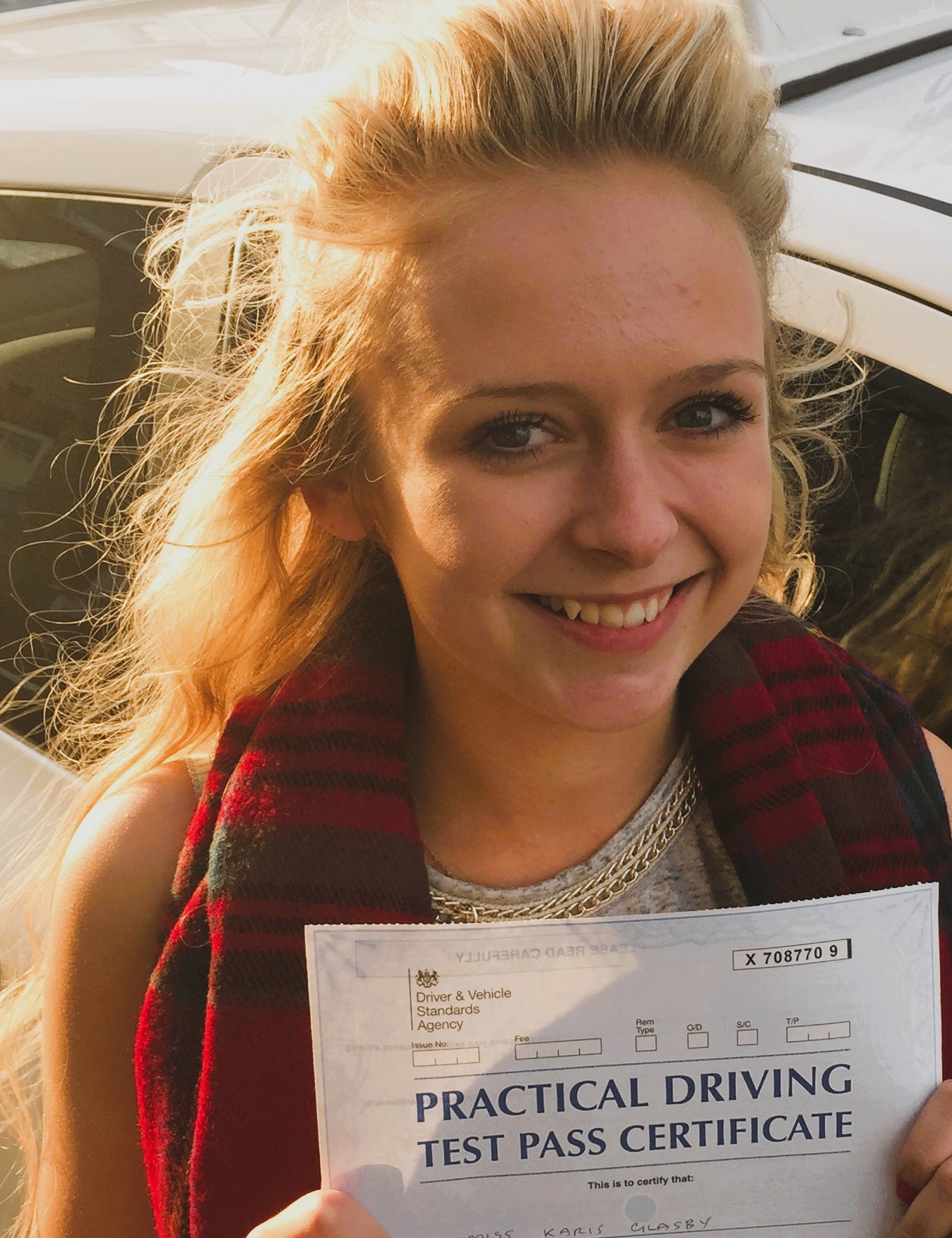As we all know nerves play a big part in passing a practical driving test and so preparing for the test is incredibly important. Preparation can include taking a look with guidance from a driving instructor at the hot spots on driving test routes. Each driving test route is designed by the DVSA to encompass certain elements of general driving including multiple speed changes, roundabouts, pulling up on the left to make a normal stop and many more items but there will also be some junctions that are not dealt with in the normal manner or non standard roundabouts such as the roundabout at the end of Royal Artillery Way and Bournes Green Chase in Southend on Sea.
To help avoid problems on test it might be worth asking your driving instructor to run a mock driving test taking in a real test route or parts of a test route. This can help you identify the weaker parts of your driving and you can then work on these to make you a stronger driver as well as increasing your chances of passing your practical driving test 1st time.
At the Southend on Sea driving test centre on Tickfield Road the top 10 reasons for failing a driving test are,

Dangerous fault – this involves actual danger to you, the examiner, the public or property. Multiple dangerous faults could mean the driving test gets abandoned on the grounds of safety. A dangerous fault is a failing mark.
Serious fault – something potentially dangerous. This as with a dangerous fault will mean a fail on a driving test.
Driver fault – Commonly known as minor driver faults (minors) – this is not potentially dangerous, but if you keep repeating the same fault, it could be converted into a serious a serious fault (commonly known as a repeated fault). Depending on the type of fault will depend on how many repeated faults are needed before it gets converted into a serious fault.
Junctions – Observations – These are faults made by candidates where an examiner believes a person has not performed effective observations at a junction which has possibly lead to them having to take control either verbally or physically. As you will see this is the highest marked type of fault however with the correct driving lessons this can easily be remedied.
Junctions – Turning Right – with 231 serious faults marked during the period this is by far the most common type of fault marked by a DVSA examiner at the Southend test centre. Having made some enquiries it would seem that the most common time for this to happen is in a one way road. This could be but not limited to being in the wrong lane, not correctly signalling, not moving into the correct position either leading up to or at the junction. Identifying that you are in a one way road during a driving test again is easily fixed but does require some reading of the road and making the correct actions when approaching a right turn, especially in a one way road. FYI there a re quite a few one way roads which are used on Southend DTC routes.
Positioning – Normal Driving – with 163 serious faults and 319 minor driver faults this is a very common fault marked by driving examiners at the Southend Driving Test Centre. The fault could be marked if the position of the car is incorrect when driving on a regular road such as driving too close to the kerb, unnecessarily going over the white line which separates the 2 lanes on a road, driving too close to a parked car and not driving in the left hand lane (normal driving lane) on a dual or multi laned road.
All of these faults which were marked by the Southend on Sea DVSA driving examiners could have been avoided with the right amount of training and test preparation but all driving instructors and examiners are aware that test day nerves could mean a wrong judgement call whilst driving. So how can we control our nerves on test day? The obvious answer is to ensure you have the right amount of training to ensure you are confident. In extremes a doctor may issue you with medication to try and keep from being too anxious. As previously mentioned take a mock driving test and if your driving instructor can arrange it ask for them to arrange it with a different driving instructor. There are lots of ways people control nerves and some may work for you, they include, chewing gum this releases endorphins, meditation and having an hour or 2 driving before your test.
Work on your weaker driving elements and most importantly listen to your driving instructor as they have helped many learner drivers get their full driving licence and have your best interests at heart, they want you to pass your driving test! You can find more about driving tests *Here*
All at A Pass 4 U Driving School wish you well with your practical driving test!


